

Articles
How To Store Tomatoes In Freezer
Modified: February 28, 2024
Learn how to store tomatoes in the freezer with these helpful articles. Keep your tomatoes fresh and flavorful for longer periods of time.
(Many of the links in this article redirect to a specific reviewed product. Your purchase of these products through affiliate links helps to generate commission for Storables.com, at no extra cost. Learn more)
Introduction
Tomatoes are a staple ingredient in many culinary dishes. They add a burst of flavor, color, and nutrients to soups, sauces, stews, and more. However, if you find yourself with an abundance of fresh tomatoes that you can’t use right away, you may be wondering how to store them for later use. While there are several preservation methods available, one of the most convenient and popular ways is to freeze tomatoes.
Freezing tomatoes allows you to retain their freshness and taste, making them a great option for future use. Whether you have harvested tomatoes from your garden or bought them in bulk from the local market, freezing is a simple and effective way to extend their shelf life while preserving their quality.
In this article, we will explore the benefits of freezing tomatoes, how to properly prepare them for freezing, the packaging and storing process, as well as tips for thawing and using frozen tomatoes. By the end, you’ll have all the information you need to store your tomatoes in the freezer and enjoy their deliciousness in your meals throughout the year.
Key Takeaways:
- Freezing tomatoes extends their shelf life, minimizes waste, and preserves their flavor and nutrients, providing a convenient and cost-effective option for year-round culinary use.
- Proper preparation, packaging, and storage are essential for maintaining the quality of frozen tomatoes, ensuring they remain fresh and flavorful for future cooking endeavors.
Read more: How To Store Unripe Tomatoes
Why Freeze Tomatoes?
There are several reasons why freezing tomatoes is a popular preservation method. Here are some of the key benefits:
1. Extend Shelf Life: Freezing tomatoes helps to extend their shelf life significantly. While fresh tomatoes have a relatively short lifespan, freezing them can preserve their quality and freshness for months. This means you can enjoy the taste of summer-ripe tomatoes even during the colder months of the year.
2. Convenience: Freezing tomatoes allows you to have a readily available supply on hand whenever you need them. You can easily retrieve and use frozen tomatoes in a variety of dishes, saving you time and effort in meal preparation.
3. Versatility: Frozen tomatoes can be used in a wide range of recipes, including soups, sauces, stews, and casseroles. Once thawed, they retain their flavor and texture, making them a versatile ingredient in your cooking.
4. Minimize Waste: Freezing tomatoes is an excellent way to minimize food waste. If you find yourself with an excess of ripe tomatoes, freezing them allows you to preserve their deliciousness rather than letting them go to waste.
5. Nutrient Retention: Freezing is a method that helps to retain the nutritional value of tomatoes. Tomatoes are rich in vitamin C, antioxidants, and other beneficial compounds. By freezing them, you can ensure that these nutrients are preserved for future consumption.
6. Cost-Effective: Freezing tomatoes can be a cost-effective option, especially if you have access to a bountiful harvest or find a great deal on bulk tomatoes. Rather than letting them spoil, freezing allows you to save money by storing them for later use.
Overall, freezing tomatoes is a practical and efficient way to preserve their taste, quality, and nutritional value. Whether you want to enjoy the flavor of summer all year round or simply reduce food waste, freezing tomatoes is a fantastic option that will enhance your culinary endeavors.
Preparing Tomatoes for Freezing
Before you can freeze tomatoes, it is important to properly prepare them to ensure the best results. Here are the steps to follow:
1. Choose the Right Tomatoes: Select ripe, firm tomatoes for freezing. Avoid tomatoes that are overripe or mushy, as they may not freeze well.
2. Wash the Tomatoes: Thoroughly wash the tomatoes under cool running water to remove any dirt or debris. Pat them dry with a clean kitchen towel.
3. Remove the Stem: Using a knife or your hands, remove the stem or calyx from the top of each tomato.
4. Decide on the Freezing Method: There are two common methods for freezing tomatoes: blanching and direct freezing. The method you choose will depend on the texture and consistency you prefer in your frozen tomatoes.
– Blanching: Blanching involves briefly boiling the tomatoes before freezing them. This method helps to remove the skin and activate enzymes that can cause the tomatoes to deteriorate over time. To blanch, make a small X-shaped incision on the bottom of each tomato and place them in boiling water for 30 to 60 seconds. Then, transfer the tomatoes to an ice bath to cool down before peeling off the skin.
– Direct Freezing: Direct freezing is a simpler method, where you freeze the tomatoes as they are, without blanching or peeling. This method is quicker and convenient but may result in a slightly different texture.
5. Remove the Skin (if not using direct freezing): If you choose the blanching method, remove the tomatoes from the ice bath and gently peel off the skin starting from the incision made at the X-shaped mark. The skin should come off easily. Discard the skin and set aside the peeled tomatoes.
6. Deseed (optional): If you prefer to remove the seeds from your tomatoes, cut the tomatoes in half horizontally and gently squeeze out the seeds and excess liquid. This step can help prevent the tomatoes from becoming too watery when defrosted.
7. Chop or Leave Whole: Depending on your preference and intended use, you can either chop the tomatoes into desired sizes or leave them whole. Chopped tomatoes are ideal for recipes like sauces or soups, while whole tomatoes work well for stuffing or roasting.
By following these steps, you will have perfectly prepared tomatoes ready for freezing. The next section will explore the different packaging and storing options for frozen tomatoes to ensure their long-term preservation.
Blanching Tomatoes
Blanching tomatoes is an optional but highly recommended step when freezing them. Blanching helps to remove the skin and deactivate enzymes that can cause the tomatoes to deteriorate over time. Here’s a step-by-step guide on how to blanch tomatoes:
1. Prepare an Ice Bath: Fill a large bowl or basin with cold water and add plenty of ice cubes. This will be used to cool the tomatoes quickly after blanching.
2. Score the Tomatoes: Using a sharp knife, make a small X-shaped incision on the bottom of each tomato. This will make it easier to peel off the skin later.
3. Boil Water: Fill a large pot with water and bring it to a rolling boil. Make sure there is enough water to fully submerge the tomatoes.
4. Blanch the Tomatoes: Carefully lower the scored tomatoes into the boiling water. Depending on the size of the tomatoes, blanch them for 30 to 60 seconds. This will loosen the skin without fully cooking the tomatoes.
5. Transfer to the Ice Bath: Using a slotted spoon or tongs, quickly transfer the blanched tomatoes from the boiling water to the ice bath. The ice bath will stop the cooking process and cool the tomatoes rapidly.
6. Cool and Peel: Allow the tomatoes to sit in the ice bath for a few minutes, or until they are completely cooled. Once cooled, the skin should easily peel off from the X-shaped incision. Gently remove the skin and discard it.
7. Remove Seeds (Optional): If desired, cut the blanched and peeled tomatoes in half horizontally. Gently squeeze out the seeds and excess liquid. This step can help prevent the tomatoes from becoming too watery when thawed.
8. Chop or Leave Whole: Finally, decide whether you want to chop the blanched tomatoes into desired sizes or leave them whole. Chop tomatoes are perfect for sauces, soups, or stews, while whole tomatoes are great for recipes like stuffed tomatoes or roasted dishes.
Blanching tomatoes before freezing not only makes the peeling process easier but also helps to preserve their flavor and quality. However, if you prefer a simpler freezing method, you can opt for direct freezing without blanching. Both methods have their merits, so choose the one that suits your preferences and needs.
Peeling and Deseeding Tomatoes
Once you have blanched the tomatoes or decided to skip the blanching step, the next step is peeling and deseeding them. While peeling is not necessary if you have chosen the direct freezing method, it can help improve the texture of the tomatoes when thawed. Deseeding, on the other hand, is optional but can be beneficial if you prefer less watery tomatoes. Here’s how to peel and deseed tomatoes:
1. Peeling:
– If you have blanched the tomatoes:
a. Remove the blanched tomatoes from the ice bath and place them on a cutting board.
b. Using your fingers or a knife, gently peel off the skin starting from the X-shaped incision made during blanching.
c. Discard the skin and set aside the peeled tomatoes.
– If you have chosen the direct freezing method:
a. After washing the tomatoes, simply remove the stem and proceed to the next step without blanching.
2. Deseeding: (Optional)
– If you want to deseed the tomatoes:
a. Cut the tomatoes in half horizontally.
b. Gently squeeze each tomato half over a sink or bowl to remove the seeds and excess liquid.
c. You can use your fingers or a spoon to scoop out any remaining seeds if needed.
3. Chopping or Leaving Whole:
– Depending on your recipe or preference, you can now choose whether to chop the peeled and deseeded tomatoes into desired sizes or leave them whole.
– Chopped tomatoes are ideal for sauces, soups, stews, and other dishes that require smaller tomato pieces.
– Whole tomatoes can be used for stuffing, roasting, or any recipe that calls for intact tomatoes.
Peeling and deseeding tomatoes before freezing can help improve their texture and reduce excess moisture. However, if you prefer a more hands-off approach, you can skip these steps and freeze the tomatoes with their peel and seeds intact. It’s all about personal preference and how you envision using the tomatoes in your future recipes.
To store tomatoes in the freezer, start by washing and drying them thoroughly. Then, place them in a single layer on a baking sheet and freeze until solid. Once frozen, transfer the tomatoes to a freezer-safe bag or container for long-term storage. This method will prevent the tomatoes from sticking together and make it easier to grab a few at a time when needed.
Read more: How To Store Roasted Tomatoes
Packaging and Storing Tomatoes in the Freezer
Once you have prepared the tomatoes for freezing, the next step is to package and store them properly to maintain their quality. Here’s how to package and store tomatoes in the freezer:
1. Freezer Containers:
– Choose suitable freezer-safe containers for storing the tomatoes. Options include freezer bags, airtight containers, or vacuum-sealed bags.
– Ensure the containers are clean and dry before use to prevent any contamination or freezer burn.
2. Portion Sizes:
– Divide the prepared tomatoes into convenient portion sizes that you will likely use in your recipes. This will make it easier to thaw and use only the amount needed without any waste.
– Consider labeling the containers with the date and portion size for easy reference in the future.
3. Packaging Methods:
– For freezer bags:
a. Fill each freezer bag with the prepared tomatoes, leaving a bit of space at the top to allow for expansion during freezing.
b. Remove any excess air from the bag before sealing it tightly.
c. Make sure the bag is properly sealed to prevent freezer burn or moisture from entering.
– For airtight containers or vacuum-sealed bags:
a. Fill the container or bag with the prepared tomatoes, leaving adequate space at the top for expansion.
b. Seal the container or bag tightly to minimize air exposure and potential freezer burn.
4. Proper Storage:
– Place the packaged tomatoes in the coldest part of the freezer, such as the back or bottom shelves.
– Arrange them in a single layer if possible to allow for faster and more even freezing.
– Avoid overcrowding the freezer to ensure proper air circulation and to maintain a consistent freezing temperature.
5. Storage Duration:
– Frozen tomatoes are typically best used within 8 to 12 months for optimal flavor and quality.
– While they may still be safe to eat after this timeframe, the texture and taste may start to deteriorate.
– Keep your freezer organized by arranging the containers or bags in a way that allows easy access and visibility.
– Consider using freezer dividers or labeling systems to help identify different frozen items.
By following these packaging and storing guidelines, you can ensure that your frozen tomatoes remain fresh and flavorful until you’re ready to use them in your favorite recipes. Proper packaging and storage go a long way in preserving the quality and taste of the tomatoes throughout their time in the freezer.
Thawing and Using Frozen Tomatoes
When it comes time to use your frozen tomatoes, it’s important to thaw them properly to maintain their texture and flavor. Here’s how to thaw and use frozen tomatoes:
1. Thawing Methods:
– Transfer the frozen tomatoes from the freezer to the refrigerator. Allow them to thaw slowly in the refrigerator overnight or for about 8 to 12 hours.
– Alternatively, if you need to use the tomatoes more quickly, you can use the defrost setting on your microwave. Follow the manufacturer’s instructions to prevent overheating or cooking the tomatoes unevenly.
2. Handling Thawed Tomatoes:
– Once the tomatoes have thawed, handle them carefully as they will become softer and more delicate.
– Avoid squeezing or pressing the tomatoes too firmly, as they can lose their shape and become mushy.
3. Using Thawed Tomatoes:
– Thawed tomatoes can be used in various recipes, similar to fresh ones.
– For sauces and soups, chop or blend the thawed tomatoes according to your desired consistency.
– Use whole thawed tomatoes for stuffing, roasting, or as a topping for pizzas and salads.
– Remember that the texture of thawed tomatoes may be slightly softer, so some recipes may require adjustments in cooking time or additional thickening agents if needed.
4. Flavor Enhancement:
– Thawed tomatoes may sometimes have a slightly different flavor compared to fresh ones due to the freezing process.
– Enhance the flavor by adding herbs, spices, or other seasonings to make the most out of your thawed tomatoes.
5. Unused Portion Storage:
– If you have leftover thawed tomatoes, you can store them in an airtight container in the refrigerator for a few days.
– Alternatively, you can refreeze the unused portion if you haven’t let it sit at room temperature for too long.
Thawed tomatoes can be a convenient ingredient for a wide range of recipes. From pasta sauces to salsa and more, their flavor and versatility make them a valuable addition to your culinary pursuits. Just remember to handle them gently and adapt your cooking techniques if necessary to get the best results.
Tips for Storing Tomatoes in the Freezer
To ensure the best results when storing tomatoes in the freezer, here are some helpful tips:
1. Choose the Right Tomatoes:
– Select ripe, high-quality tomatoes for freezing. The flavor and texture of the frozen tomatoes will largely depend on the initial quality of the tomatoes.
2. Properly Label and Date:
– Clearly label and date the containers or bags before storing them in the freezer. This will help you keep track of the storage duration and easily identify them when needed.
3. Remove Excess Air:
– When packaging the tomatoes, make sure to remove as much air as possible from the bags or containers. Excess air can lead to freezer burn and degradation of taste and quality.
4. Use Freezer-Safe Containers:
– Opt for freezer-safe containers or bags to prevent them from getting damaged by the freezing process.
– Ensure that the containers are airtight to prevent air and moisture from getting in.
5. Portion Sizes:
– Divide the tomatoes into convenient portion sizes before freezing. This will allow you to thaw only the amount you need for a particular recipe, minimizing waste.
6. Arrange in Single Layer (if possible):
– If possible, arrange the tomatoes in a single layer when freezing. This will promote even freezing and make it easier to separate and use the desired quantity later.
7. Use Freezer Bags for Easy Thawing:
– Consider using freezer bags instead of rigid containers if you prefer quick and easy thawing. Bags allow for faster thawing and can easily conform to the desired shape when defrosting.
8. Avoid Overcrowding the Freezer:
– Do not overcrowd your freezer with too many items. Proper air circulation is important to maintain consistent freezing temperatures and prevent the formation of ice crystals.
9. Store at Optimal Freezing Temperature:
– Set your freezer temperature to around 0°F (-18°C) or lower. This will help maintain the quality and freshness of the frozen tomatoes for a longer period.
10. Regularly Rotate Stock:
– To ensure you use the oldest tomatoes first, periodically rotate your stock. Bring the older packages to the front and place the newer ones in the back of the freezer.
By following these tips, you can maximize the shelf life and quality of your frozen tomatoes. Whether you’re using them for sauces, soups, or other recipes, properly storing the tomatoes in the freezer will ensure you have a delicious supply of tomatoes all year round.
Conclusion
Freezing tomatoes is a fantastic way to extend their shelf life, reduce waste, and ensure a fresh supply of tomatoes for your culinary creations throughout the year. Whether you have an abundance of tomatoes from your garden or you stumbled upon a great deal at the market, freezing them preserves their flavor, color, and nutritional value for future use.
By following the proper steps of preparing, blanching (if desired), peeling, deseeding (optional), and packaging the tomatoes, you can ensure that they freeze well and maintain their quality. Thawing the frozen tomatoes in a refrigerator or using the defrost setting on your microwave ensures that they thaw evenly without compromising their texture and taste.
From sauces and soups to stews and roasted dishes, frozen tomatoes are incredibly versatile and can be used in a variety of recipes. Their vibrant flavor and nutritional benefits come through even after thawing, making them a convenient ingredient to have on hand.
Remember, storing tomatoes in the freezer requires proper packaging, labeling, and organization to make the most of your freezer space. By following the tips, you can ensure that your frozen tomatoes remain in optimal condition and are easily accessible when needed. Regularly rotating your stock and keeping track of the storage duration will help you prioritize using the oldest tomatoes first.
In conclusion, freezing tomatoes is a practical and effective method to enjoy the taste of fresh tomatoes all year round. Whether you have an excess harvest or want to take advantage of seasonal sales, freezing tomatoes allows you to preserve their quality and make delicious meals at your convenience. So, stock up on tomatoes, prepare them properly, and embrace the convenience of frozen tomatoes in your culinary adventures!
Frequently Asked Questions about How To Store Tomatoes In Freezer
Was this page helpful?
At Storables.com, we guarantee accurate and reliable information. Our content, validated by Expert Board Contributors, is crafted following stringent Editorial Policies. We're committed to providing you with well-researched, expert-backed insights for all your informational needs.


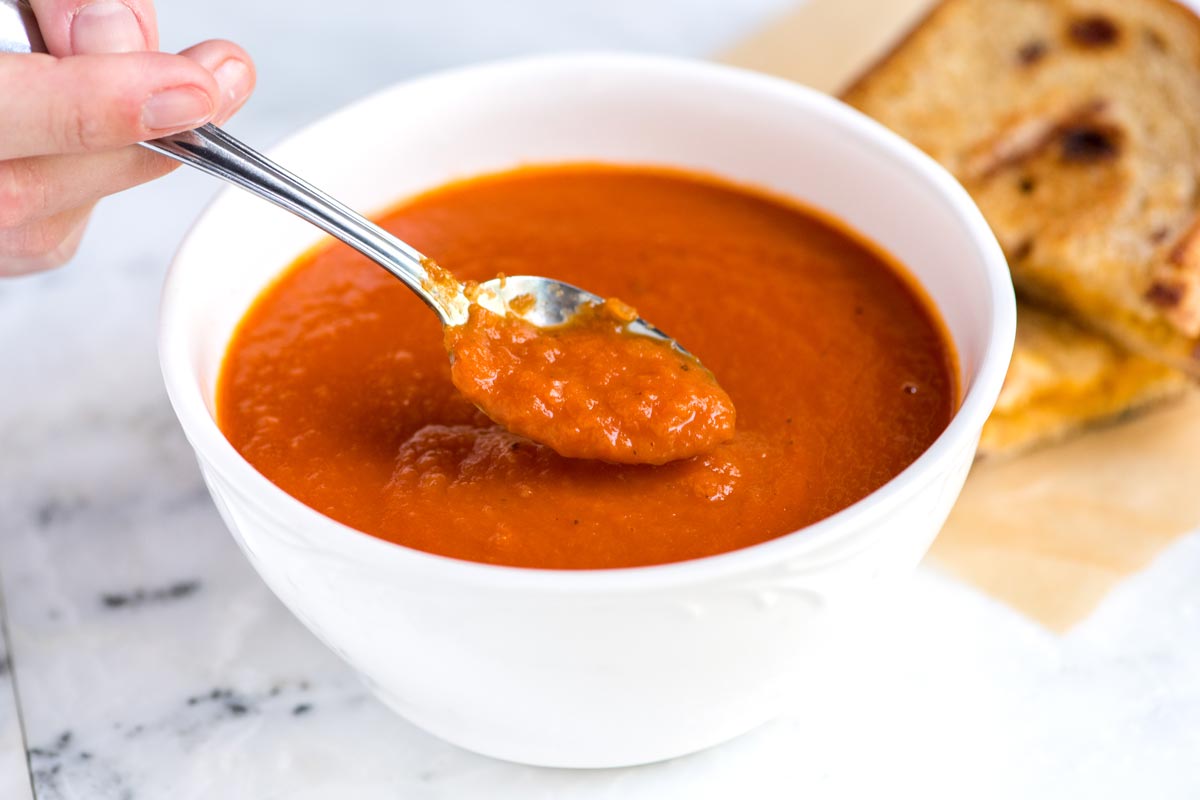
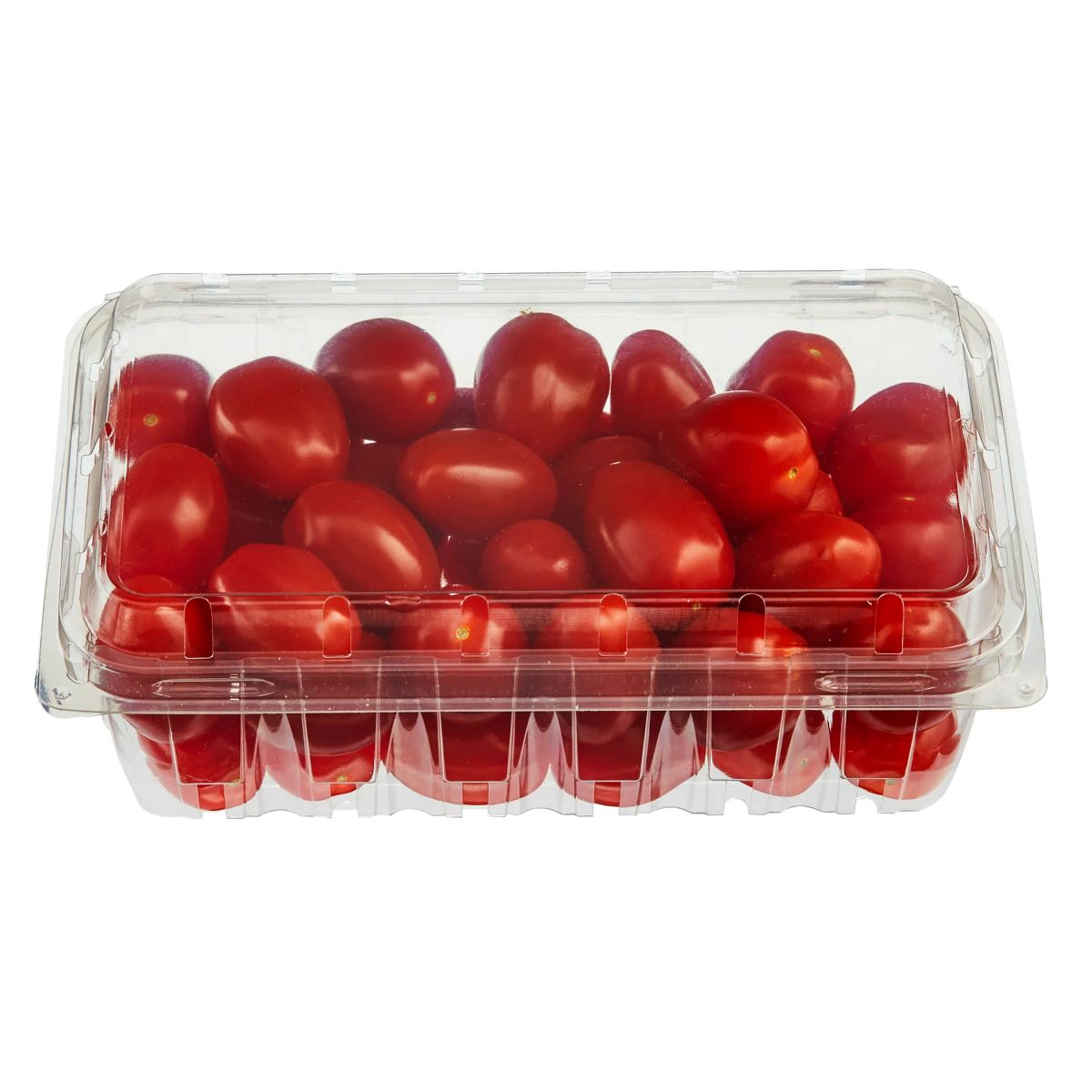
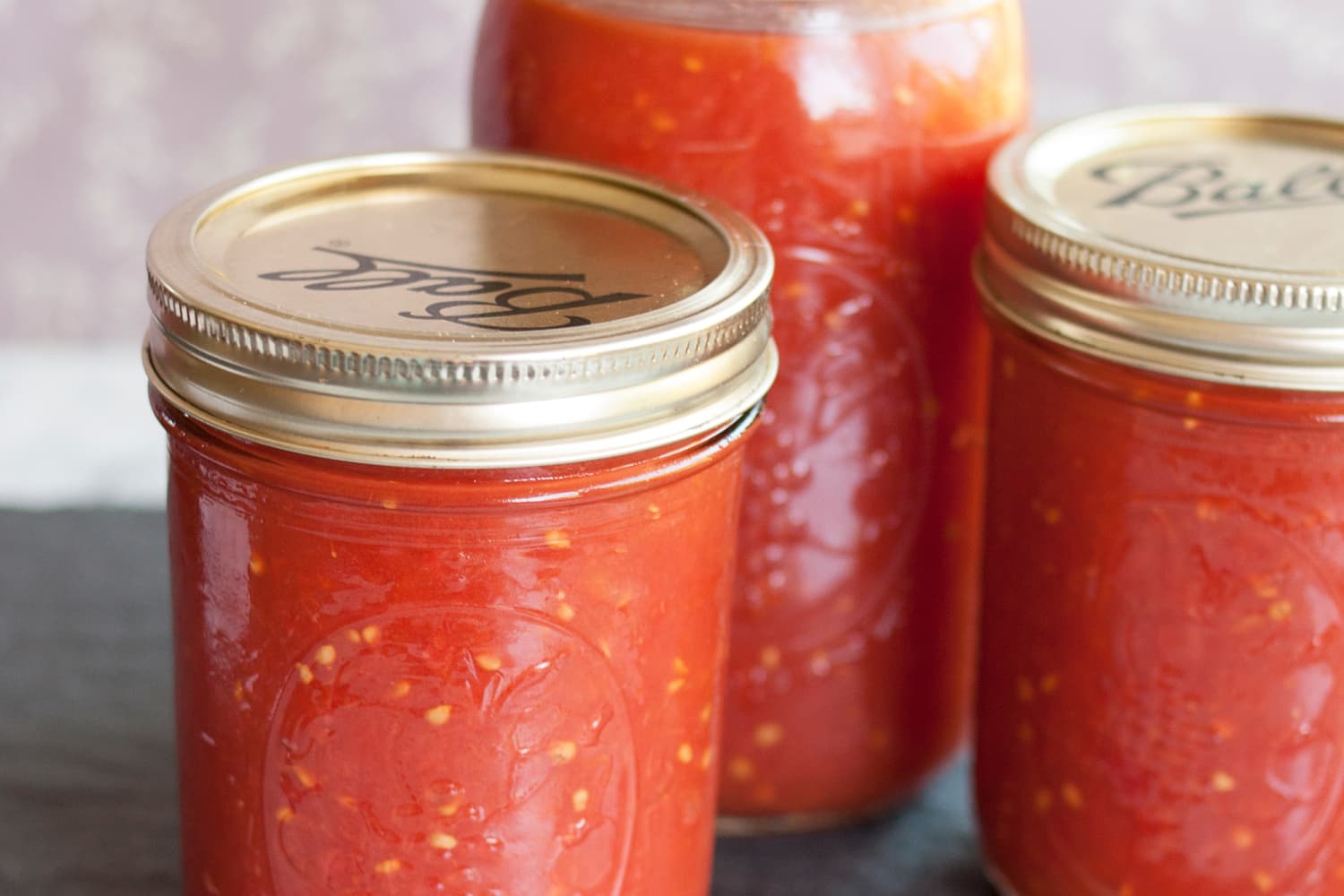
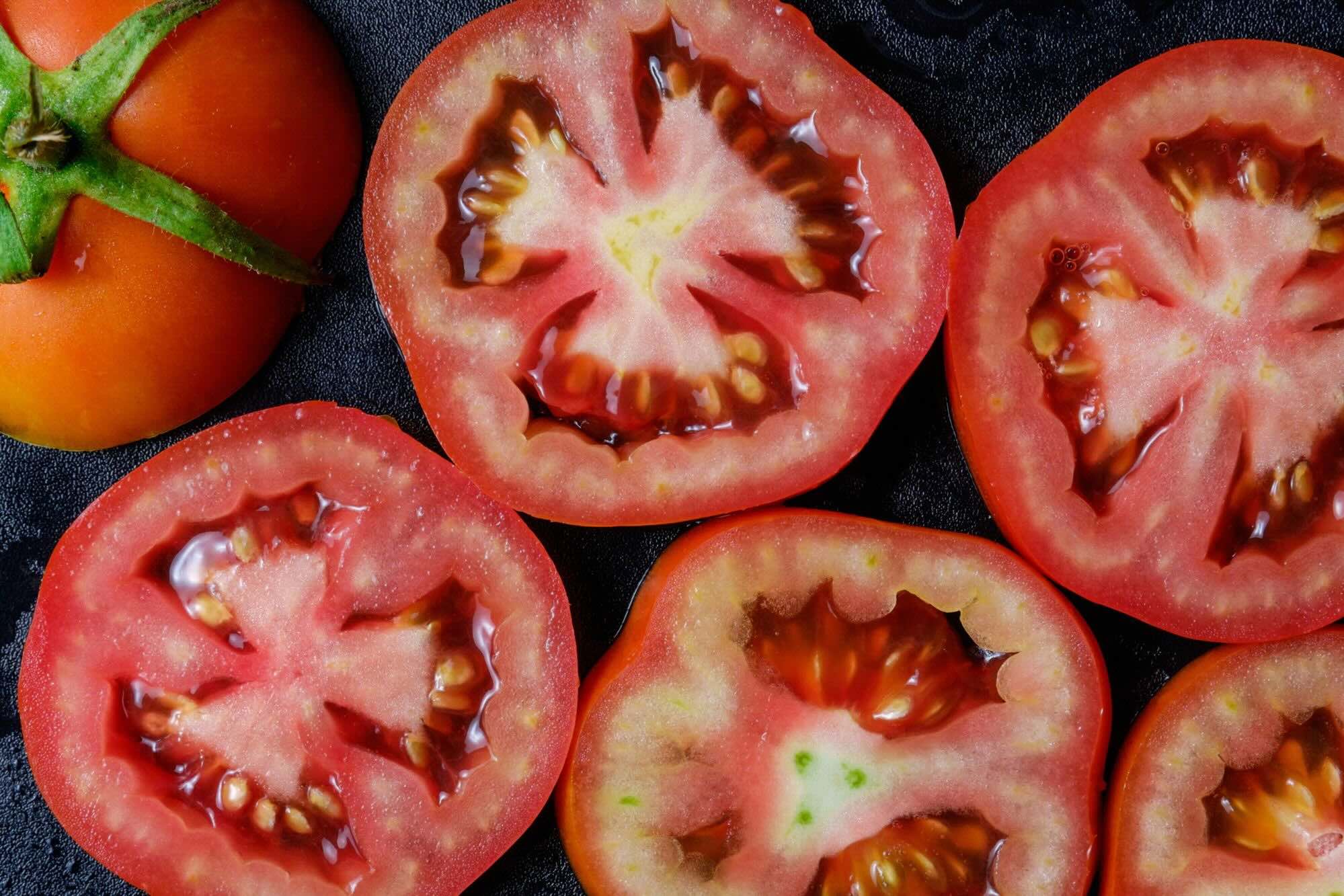
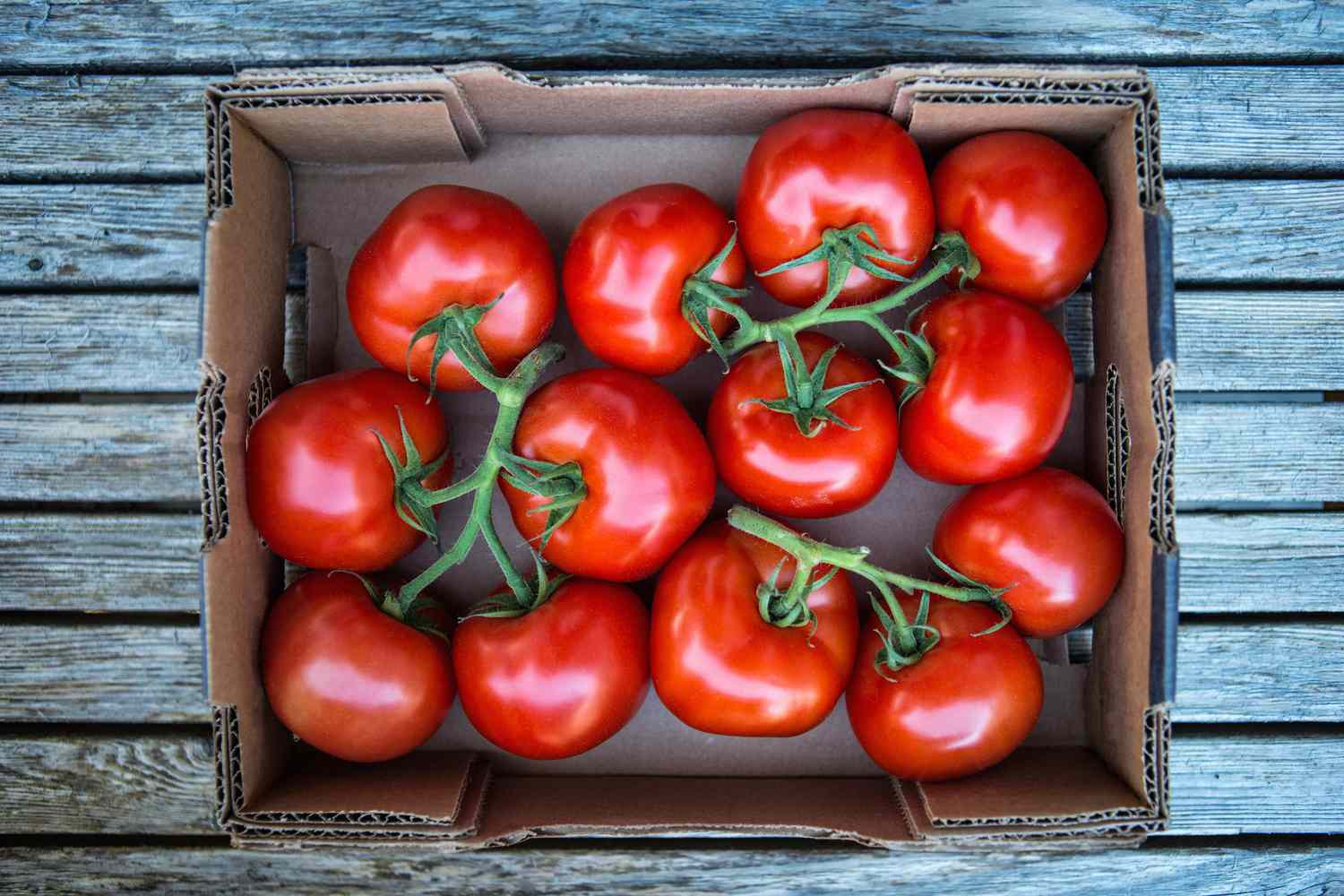
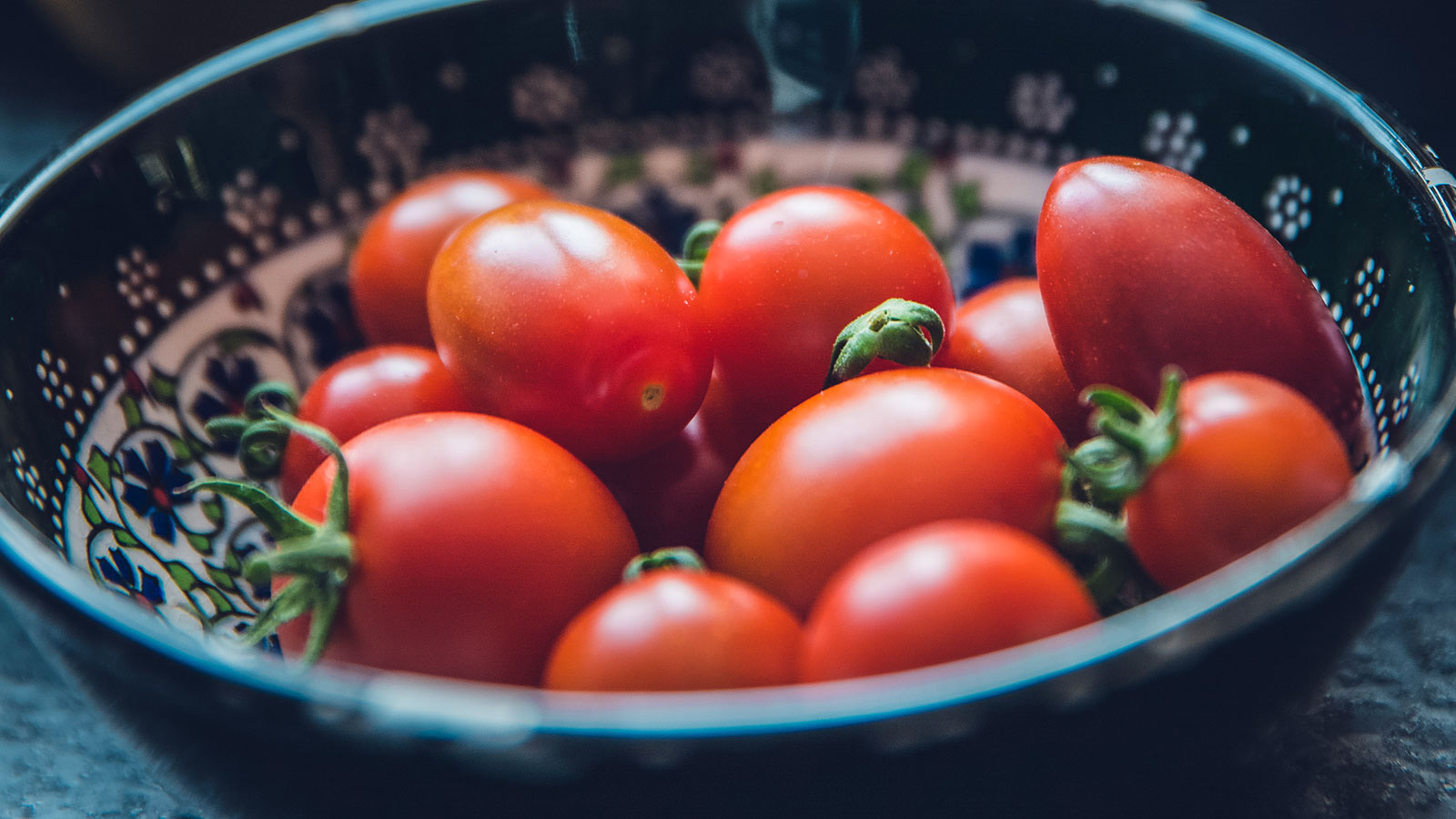
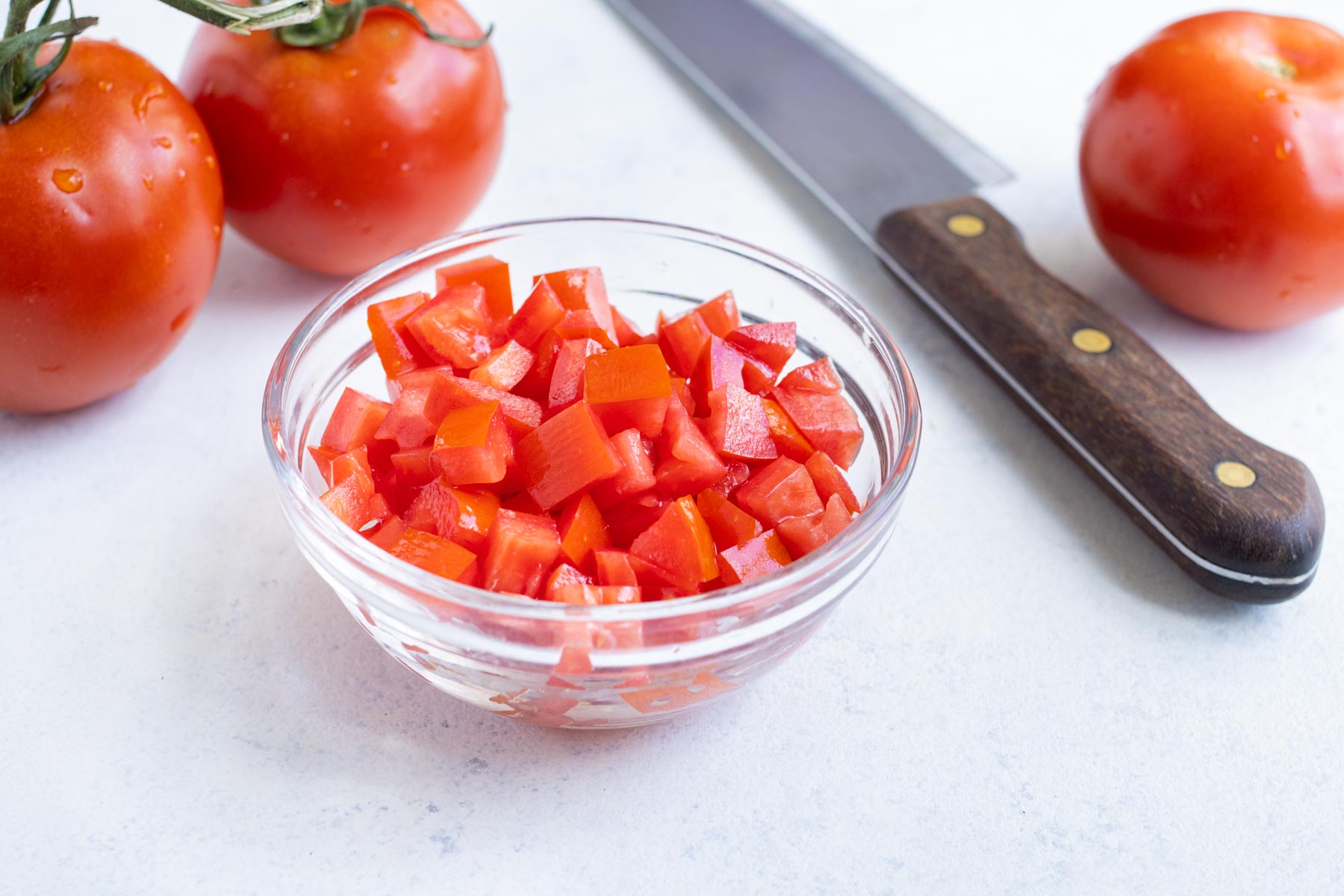
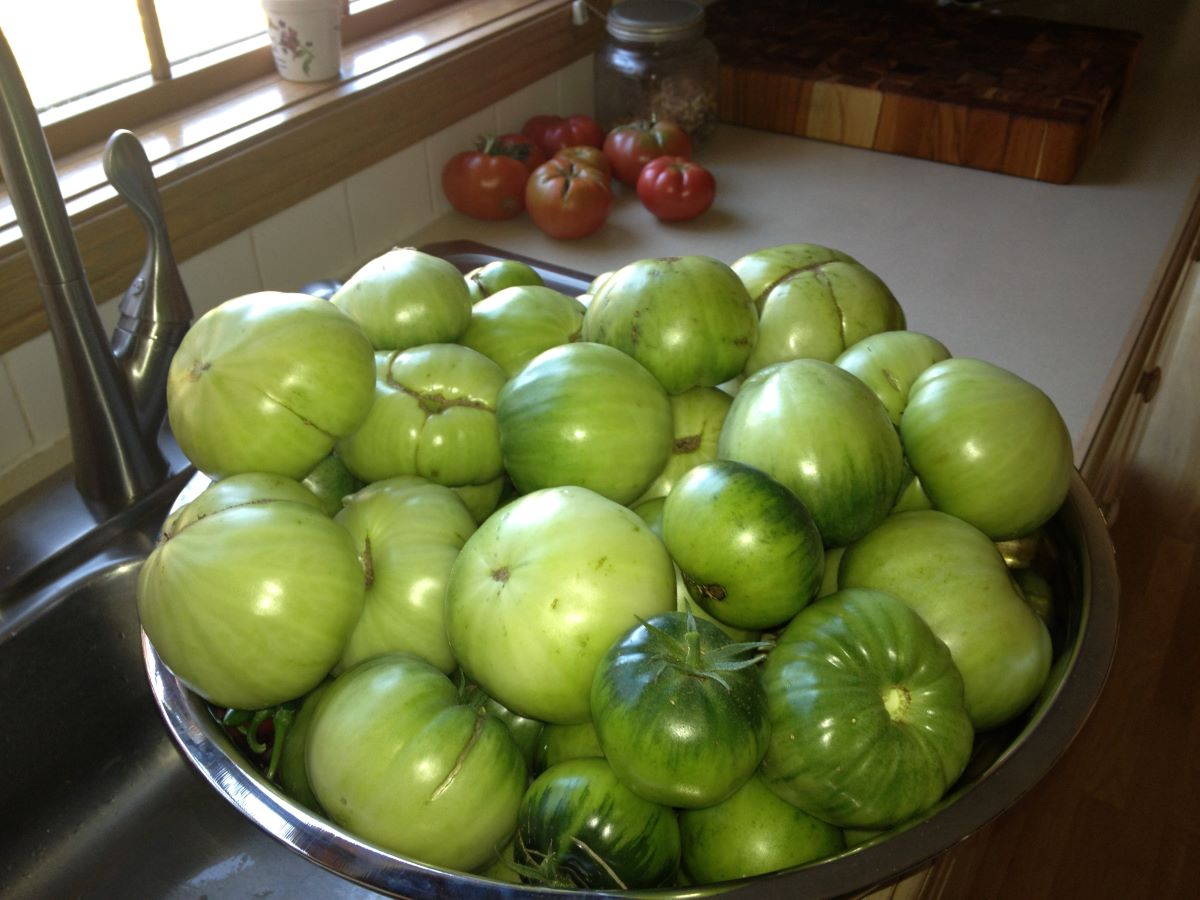



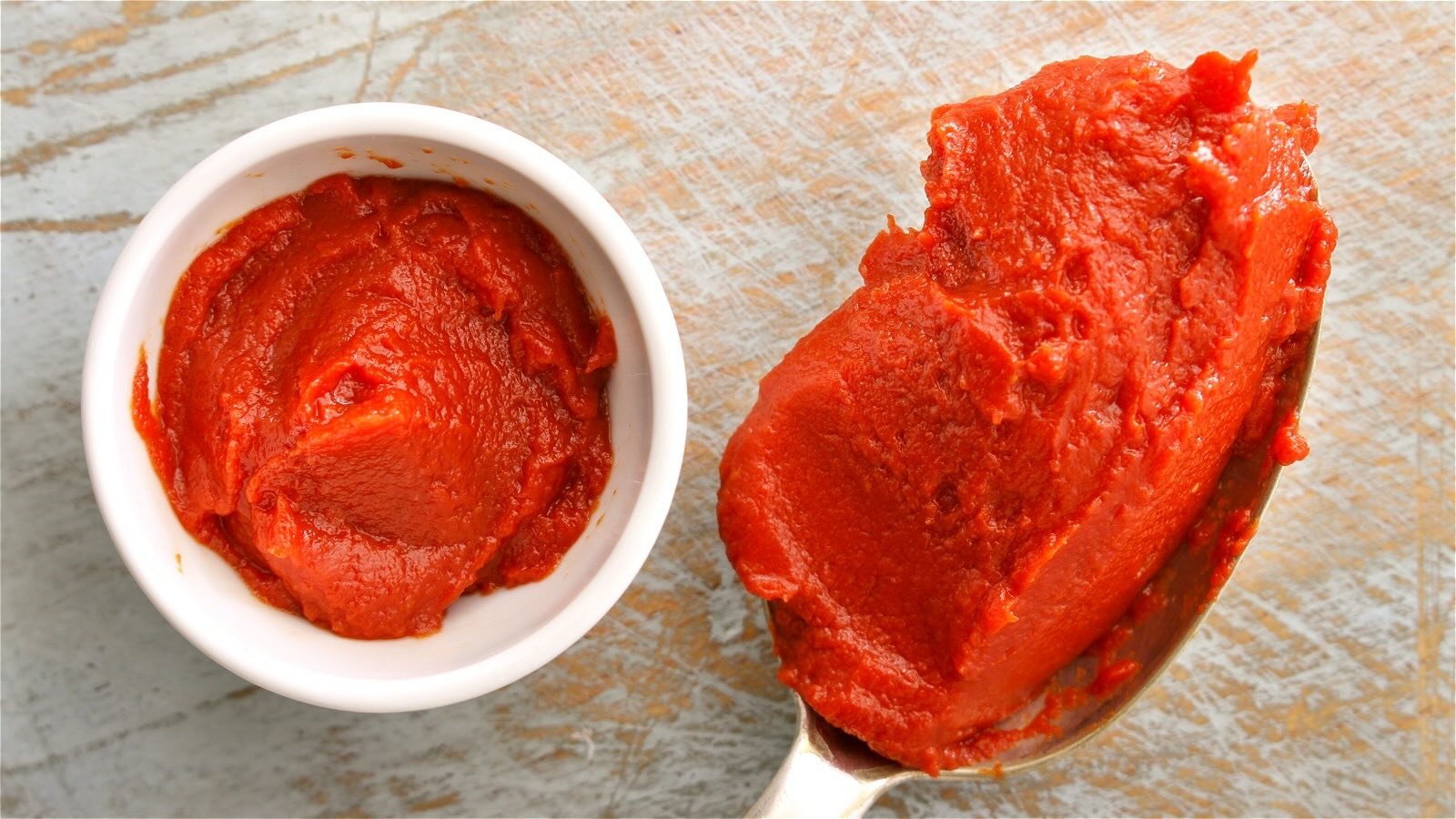

0 thoughts on “How To Store Tomatoes In Freezer”